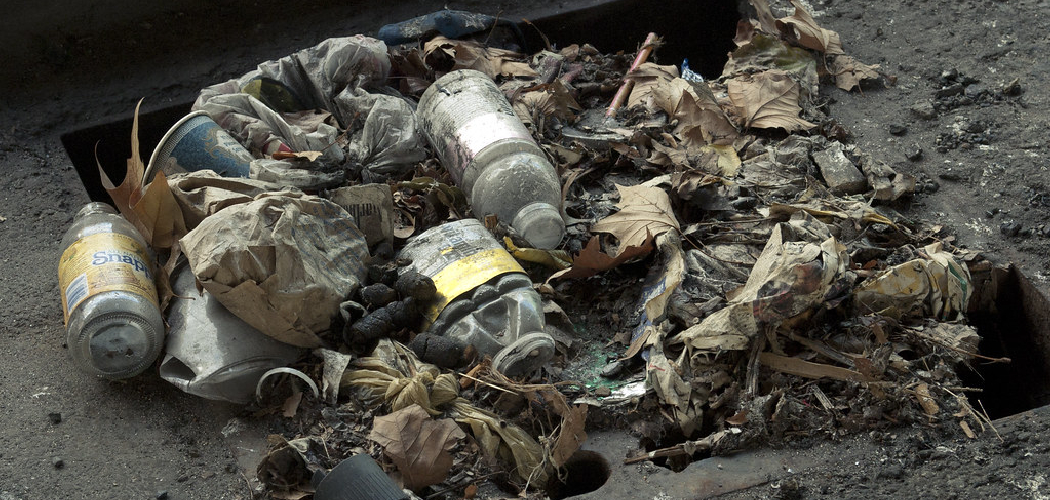Clogged drains are a common household issue that can lead to significant inconveniences in daily life. When water fails to flow freely, it disrupts essential functions such as washing dishes, taking showers, and doing laundry. Understanding how to clear a clogged drain without a snake is crucial, as reliance on a plumbing snake can be daunting for many homeowners. Fortunately, various alternative methods can effectively address minor to moderate clogs.
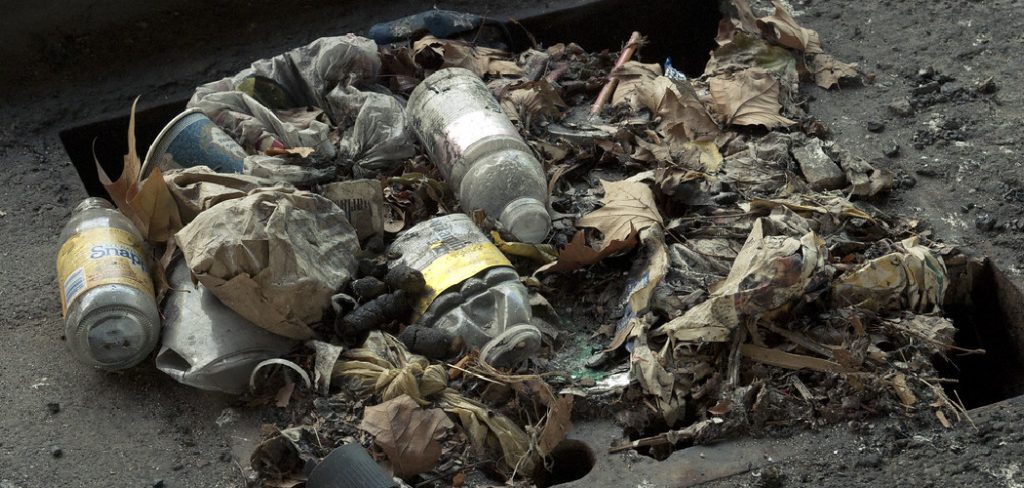
This article will guide you through simple, practical techniques for unclogging drains, such as using a plunger, natural cleaning solutions like baking soda and vinegar, and other household tools. By employing these methods, you not only save time and money but also gain the satisfaction of handling the problem independently, ensuring the smooth operation of your household plumbing.
Gather Necessary Supplies
Before tackling a clogged drain, gathering all necessary supplies is vital to ensure the process goes smoothly. Having the right tools and materials at hand can significantly improve the success and efficiency of your attempts to clear the blockage.
List of Supplies
- Essential Items:
- Plunger
- Baking soda
- Vinegar
- Hot water
- Bucket
- Gloves
- Additional Materials:
- Pipe cleaner or wire hanger
- Disinfectant
- Flashlight for inspection
Safety Precautions
Ensuring safety during this process is crucial. Protective Gear: Always wear gloves and consider eye protection when handling cleaning solutions to prevent any chemical splashes or irritation. Workspace Preparation: Clear the area around the sink or drain any unnecessary items and wipe down the surface to create a clean working environment. This will facilitate easy access to the drain and help keep your workspace organized. Taking these precautions not only promotes safety but also enhances the efficiency of unclogging efforts.

Initial Inspection and Preparation
Step 1: Inspect the Drain
How to Do It: Start by examining the drain opening for any visible signs of a clog. You may need to use a flashlight to illuminate the area and get a clearer view of the blockage. Look for any build-up or obstruction that might be causing the drainage issue.
Why It’s Important: Identifying the location and nature of the clog provides valuable information that can guide your choice of methods for clearing it. Understanding whether it’s a simple blockage or a more complex issue will influence the tools and techniques you will choose to employ.
Step 2: Remove Debris
How to Do It: If feasible, use a pair of gloves to remove any visible debris from the drain opening. This can include hair, food particles, or any other easily accessible obstructions. Ensure you’re careful during this process to avoid pushing debris further down the drain.
Why It’s Important: Clearing away surface debris may alleviate some of the blockage, which can significantly enhance the effectiveness of the other methods you might use later. This initial step not only prepares the drain for further treatment but can also provide immediate relief to minor issues.
How to Clear a Clogged Drain without A Snake: Clearing the Clog
Step 1: Use a Plunger
How to Do It: Begin by placing the plunger over the drain opening, ensuring that it forms a tight seal against the sink. If necessary, add a bit of water to the sink to help create a better seal. Pump the plunger up and down vigorously for about 15 to 30 seconds, then remove it to check if the water drains freely.
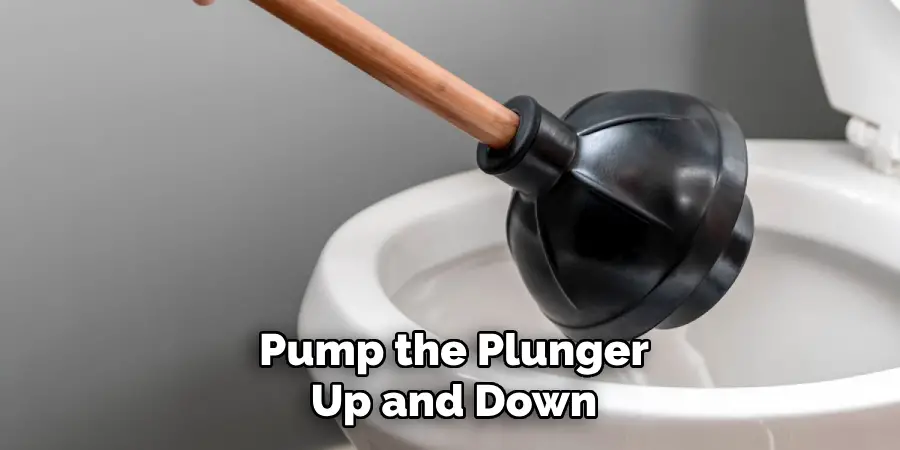
Why It’s Effective: The action of plunging creates suction and pressure that can effectively dislodge and move the clog through the plumbing system. This method is particularly effective for clogs located near the drain entrance, as the force focuses on the blockage and encourages it to shift, allowing water to resume its natural flow.
Step 2: Use Baking Soda and Vinegar
How to Do It: Pour 1 cup of baking soda directly into the clogged drain, followed by 1 cup of vinegar. You should notice fizzing and bubbling as the two ingredients react chemically. Allow the mixture to sit for 15 to 30 minutes, which lets the reaction work on breaking down the clog. Afterward, flush the drain with hot water to help clear out any loosened debris.
Why It’s Effective: The chemical reaction between baking soda (a base) and vinegar (an acid) generates carbon dioxide gas, which can help dislodge organic matter and debris causing the blockage. The hot water aids in flushing out any residues, ensuring that the drain is clear and free-flowing.
Step 3: Use a Homemade Drain Cleaner
How to Do It: To create a homemade drain cleaner, mix 1/2 cup of baking soda with 1/2 cup of salt. Pour this mixture down the clogged drain, followed by 1 cup of boiling water. Allow the solution to sit for 30 minutes, giving it ample time to penetrate the clog. Finally, flush the drain with more hot water to clear any remaining debris.
Why It’s Effective: The combination of baking soda and salt creates a powerful mixture that can help dissolve grease, soap scum, and other typical drain blockages. The boiling water increases the effectiveness of the mixture by providing heat that helps to dissolve stubborn clogs more quickly. This method is a safe and cost-effective way to maintain clear drains.
How to Clear a Clogged Drain without A Snake: Alternative Methods
Step 1: Use a Pipe Cleaner or Wire Hanger
How to Do It: Start by straightening a wire hanger, leaving a small hook at one end. Alternatively, you can opt for a pipe cleaner for a softer approach. Carefully insert the tool into the drain and gently maneuver it to dislodge and pull out any visible debris. Rotate and push the tool to get a better reach into the pipe while being cautious not to scratch the interior.
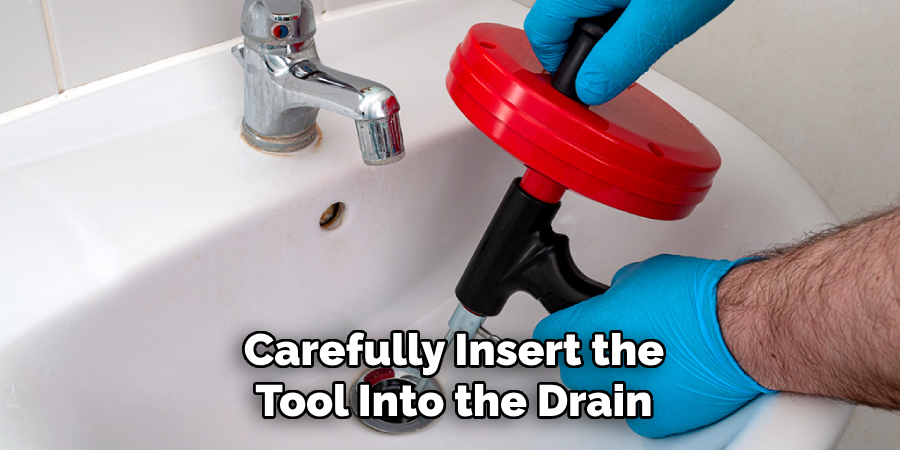
Why It’s Effective: The flexible nature of a pipe cleaner or wire hanger makes it an excellent choice for accessing clogs that are too deep for retrieval by hand. These tools allow for targeted removal of hair, food particles, and other debris, effectively clearing blockages in deeper sections of the drain.
Step 2: Use Hot Water Alone
How to Do It: Boil a large pot of water and, once at a rolling boil, carefully pour it down the drain in stages. Allow each pour to work its magic for a few minutes before adding more to give time for the heat to act on the clog.
Why It’s Effective: Hot water is a simple yet powerful solution for clearing blockages, as it can help dissolve grease, soap scum, and other build-ups. By breaking up these materials, the hot water helps wash them away, promoting a clear and free-draining system. This method is particularly effective for mild clogs and is an eco-friendly option with no chemicals.
Preventing Future Clogs
Regular Maintenance
How to Do It: Make it a habit to clean the drain cover regularly and implement periodic treatments with baking soda and vinegar to maintain a clear drain. It’s also crucial to avoid disposing of grease, oil, or large food particles down the sink, as these substances can lead to significant build-up over time.
Why It’s Important: Engaging in these preventative measures can significantly reduce the accumulation of debris inside your plumbing, ensuring that clogs are less likely to form. Regular maintenance not only extends the lifespan of your plumbing system but also saves you from the hassle and expense of future clogs.
Proper Drain Usage
How to Do It: Take the time to educate all household members about appropriate drain usage. This includes avoiding flushing non-disposable items, such as wipes or sanitary products, and using drain covers to catch hair and other debris before they enter the plumbing system.
Why It’s Important: Proper usage habits are essential to preventing unnecessary strain on the plumbing system. By minimizing the introduction of problematic materials into the drains, you not only reduce the risk of future clogs but also promote a more efficient waste disposal process within your home.
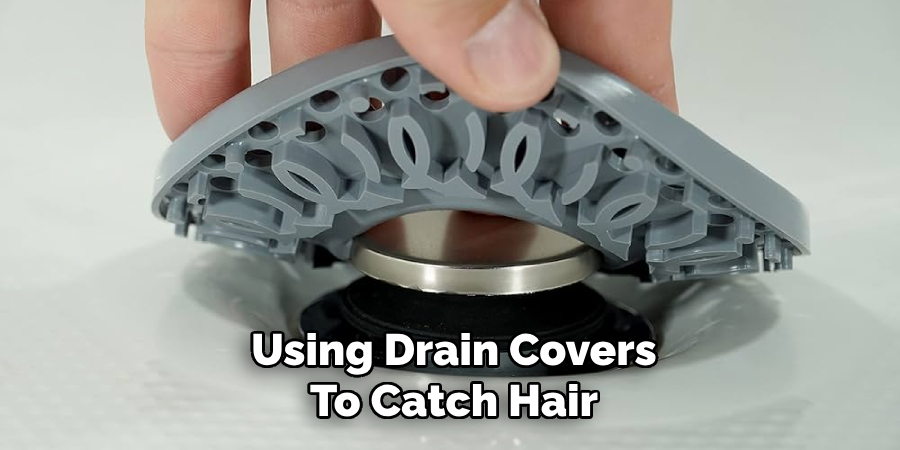
When to Call a Professional
Persistent or Severe Clogs
What to Do: If the clog persists despite your efforts or if you notice multiple drains affected, it’s important to consult a professional plumber. This situation may indicate a deeper issue within your plumbing system that DIY methods cannot adequately resolve. A plumber has the expertise, tools, and experience necessary to diagnose and tackle complicated clogs, ensuring that the issue is properly addressed and preventing further damage to your plumbing.
Complex Plumbing Issues
What to Do: For concerns that extend beyond simple clogs, such as potential pipe damage or complex blockages, seeking professional assistance is crucial. Attempting to resolve these situations on your own can lead to costly repairs or additional damage. A qualified plumber will be able to assess the issue thoroughly, apply the appropriate solutions, and restore your plumbing system to optimal functionality. Don’t hesitate to reach out for professional help when needed; it can save you time and money in the long run.
Conclusion
In summary, knowing how to clear a clogged drain without a snake can empower homeowners to tackle minor plumbing issues effectively and efficiently. You can maintain a clear and functional drainage system by implementing methods such as using baking soda and vinegar, creating homemade drain cleaners, or utilizing simple tools like wire hangers.
Additionally, regular maintenance and proper usage can greatly reduce the likelihood of future clogs, saving you time and money in the long run. However, remember that persistent or severe clogs may require the expertise of a professional plumber to ensure that any underlying issues are addressed appropriately.

